“I look at my role as being a friend of Canberra Hospital, I can bring some pleasure and happiness sometimes to people who are really in difficult times in their lives.”
With backing music from a Bluetooth speaker, Sayer croons his way around the cancer wards, making a human connection with everyone he comes across.

Canberra Region Cancer Centre Operations Manager Caroline McIntyre says Sayer’s visits are typically kept a surprise for patients and staff.
“He’s always come in so discreetly,” she says.
“Normally it’s just very quiet, he comes up in the back lift and says hello to literally everybody.
“Some of them are doing it tough, and to have a little bit of joy and light – it really gives them a lift.
“What makes me happy is to see people getting chemo on their feet dancing.”
Jamming with Jimi Hendrix, Countdown and the Troubadour
Originally a graphic designer by trade, English-born Leo Sayer rose to pop prominence in London in the late 1960s, as a singer-songwriter – and was soon adopted by Australia as an honorary son after his first tour here in 1974.
He went on to become an Australian citizen in 2009.
Sayer was a regular on ABC TV’s Countdown during the 70s and 80s, performing chart-toppers like “You Make Me Feel Like Dancing”, “When I Need You”, “More Than I Could Say” and “Orchard Road”.

He blushingly admits they were wild days – when he didn’t always live up to his “good-guy” public persona.
“It was mad, I mean, Top of the Pops in England, Countdown over here,” he says.
“You were mobbed by the fans, I remember being dragged out of a limousine the first tour that I came here, and then speaking to crazy people like Molly Meldrum on TV and trying to sort of like take it all in.”
It seems hard to believe – the petite, well-spoken singer, with a mane of curly hair that inspired changing his name from Gerard to Leo – beating off mobs of screaming fangirls.
Sayer circulated in superstar company, becoming close friends with former Beatles George Harrison and Paul McCartney, collaborating with Roger Daltrey of The Who, and even sharing a sly cigarette or two with John Lennon and Yoko Ono who had a flat above his design studio.
“I met Jimi Hendrix right at the start of his career. I actually jammed with him, playing the harmonica, and him playing the guitar,” he says.
Recalling his 1975 opening night at the famous Troubadour Club in Los Angeles, he looked up to see an intimidating line-up of fans in the front row.

“It was David Bowie, Elton John, and ‘The Fonz’ [Henry Winkler].”
Alongside them: John Cleese, Mick Jagger, Bernie Taupin, and comedian Marty Feldman.
“We never thought it would last, we were adapting to things around us, writing songs about things that are around us,” he says.
“And we thought they were only for our generation — so the amazing thing is my music’s become like a fine wine, where you lay it down and years later, it becomes a collector’s item.
“We’re in an age where the music that I make, young kids are actually latching onto it now, and they’re finding that that generation and that style of music we made is as current now as anything.”
Sayer’s health battles, still spreading hope at 76
Leo Sayer says his hospital charity work caps off a career dedicated to providing joy through music.
“It’s a nice piece of synchronicity really, because I was born in the grounds of a hospital in Shoreham by Sea in Sussex, near Brighton in England,” Mr Sayer said.
“I suppose I’ve always felt comfortable in hospitals and being around hospitals.
“Growing up, my dad was a hospital engineer, Mum was a nurse, my sister was a matron.”
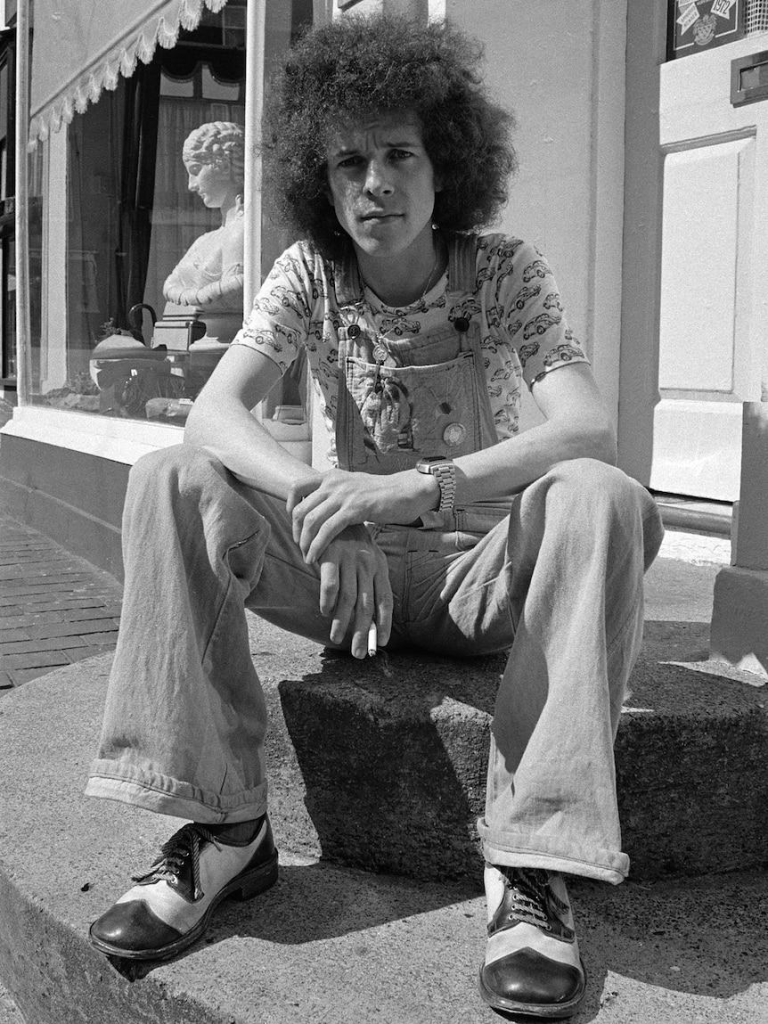
Sayer has health struggles of his own, including three stents in his heart, which help him have a genuine connection to the hospital patients he entertains.
“[My music] is providing something that isn’t taking away from any of the treatment that’s going on. It’s providing something that’s just putting a smile on peoples’ faces.
“Music is communication and that’s what this is all about, we’re communicating, we’re making people feel better.
“We’re not healing people with music, but we are making them feel better about their healing.
“To sell out Canberra Hospital will do me fine.”
WHY IS WILLIAM & KATE’S CLOSE FRIEND, ROSE HANBURY, AT THE CENTER OF DISCUSSION, AND WHO IS SHE?
Rumors regarding Prince William’s alleged affair have proliferated online, with many speculating about Rose Hanbury’s involvement. Once considered a mere family friend, she is now the subject of suspicion as a potential homewrecker.
Amid Kate Middleton’s absence from public view due to her recovery from abdominal surgery, speculations about Prince William’s fidelity have surfaced. As these rumors circulate globally, royal enthusiasts are scrutinizing the persona of the purported mistress.
Known among aristocrats as Lady Rose Hanbury, she holds the title of Marchioness of Cholmondeley. Her longstanding ties to the British Royal Family stem from her affluent family’s esteemed position in British high society. Married to David Cholmondeley, the 7th Marquess of Cholmondeley, the couple resides together and raises three children at their estate.
The friendship between Prince William’s and Rose Hanbury’s families has endured for years. However, recent scrutiny arose after the release of a photo featuring Prince William purportedly riding in a car with his wife, Kate Middleton. Despite this, royal enthusiasts cast doubt on the identity of the woman beside Prince William.
The woman’s head is turned away from the cameras in the photo, a behavior unlike that of Princess Catherine, who typically faces the cameras boldly. Moreover, she appears to be gazing at a brick wall, a detail that fans have contested.
Comments from users reflected skepticism about the woman’s identity, with some suggesting that the woman could be Rose Hanbury, Prince William’s alleged mistress, rather than Kate Middleton. Others questioned the authenticity of the photo, speculating that it might be a photoshopped composite of Kate Middleton from another image.
Although the agency that captured the photo, Goff Photos, affirmed its authenticity, stating that the images were cropped and lightened but not doctored, speculation about the alleged affair persisted. Even Stephen Colbert addressed the situation in a comedy sketch on national American television, highlighting the ongoing rumors.
For those unfamiliar with the Royal Family, Rose Hanbury may appear as a newcomer to the royal stage. However, she has been intertwined with the lives of Prince William and Kate for quite some time.
Their families’ close relationship was evident in their attendance at a gala dinner in June 2016 to support East Anglia’s Children’s Hospices. Despite the apparent camaraderie captured in photos, certain images from the event sparked controversy among fans, fueling speculation about underlying tensions.
Their continued association was observed in 2020 when Rose Hanbury and her husband were invited to celebrate Kate’s 38th birthday at Anmer Hall in Norfolk, indicating the ongoing presence of their families in each other’s lives.
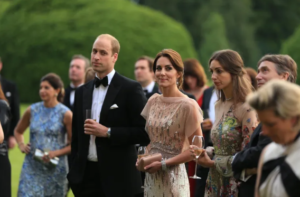
Rose Hanbury and her family are known to be close friends of the Prince and Princess of Wales, residing just three miles from Anmer Hall, the royal couple’s residence. Lady Rose Cholmondeley, along with her husband and children, lives at Houghton Hall in Norfolk, while the Prince and Princess of Wales reside at Anmer Hall.
The couple welcomed twin sons, Alexander Hugh George Cholmondeley and Lord Oliver Timothy George Cholmondeley, in October 2009. Later, in 2016, they had a daughter named Lady Iris Marina Aline Cholmondeley.
Currently, swirling rumors suggest Prince William may have had an affair, with Rose Hanbury at the center of speculation. Despite the rumors, Rose Hanbury continues to focus on her roles as a wife, mother, and prominent figure in aristocratic circles.
As speculation persists, any appearances by Rose Hanbury at royal events garner further attention. Prince William’s recent public appearances without his wedding ring have fueled the rumors.
In a notable incident on March 12, 2024, Prince William was photographed alongside his stepmother, Queen Camilla, at a royal event. However, observers quickly noticed that Prince William was not wearing his wedding ring. This observation sparked discussions and concerns among royal enthusiasts on social media platforms.
Similarly, in a recent family photo shared on the Prince and Princess of Wales’ Instagram account, Princess Catherine was seen without her wedding ring. This absence prompted speculation and questions from followers about the state of the royal couple’s marriage.
Despite these observations, Prince William and Princess Catherine have made public appearances together, including being photographed in a car. These sightings have reignited speculation and scrutiny about their relationship status.
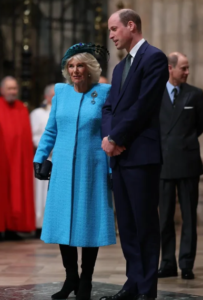
Fans of the royal family have closely analyzed every detail of their public outings, drawing comparisons to past royal dramas and expressing concern about the state of their marriage. The ongoing speculation reflects the enduring fascination with the British Royal Family and its members’ personal lives.
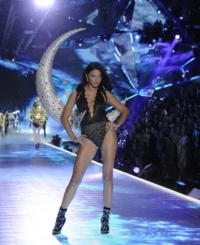
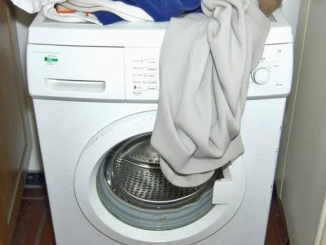

Leave a Reply